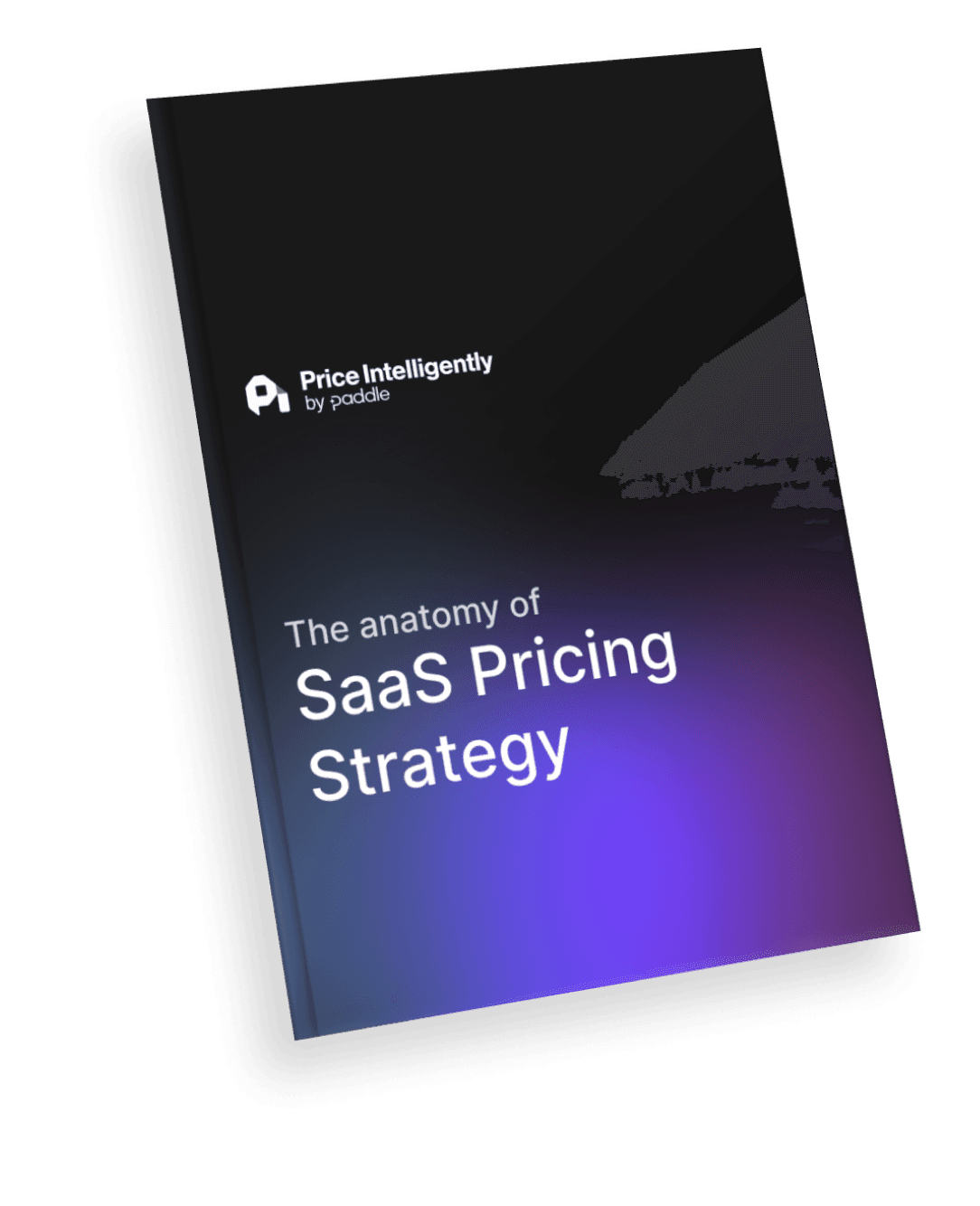
Pricing strategy guideFree
Use pricing to unlock your business’ growth
An in-depth guide to understanding and optimizing your recurring revenue pricing strategy

Learn the process we use to create billions of dollars of growth in the SaaS and Subscription Economy
- The importance of value based pricing to your company's success
- Determining your value metric for proper expansion revenue
- Implementing a pricing process to see growth every single quarter
- How to localize your pricing to see real growth internationally
We hired Price Intelligently because we want to ground everything that we do in data and feedback.